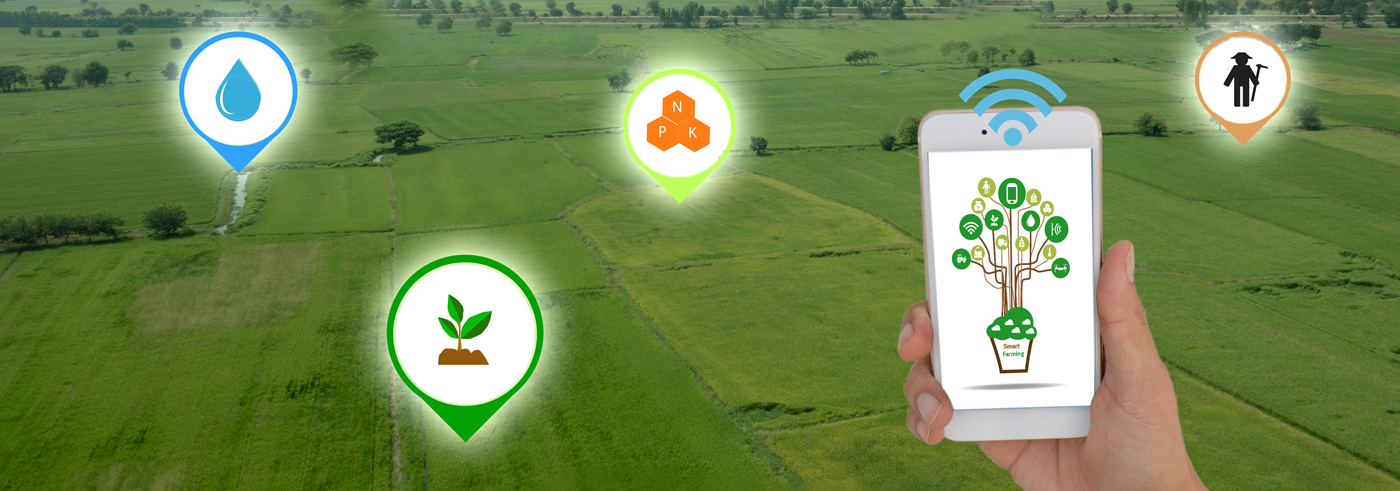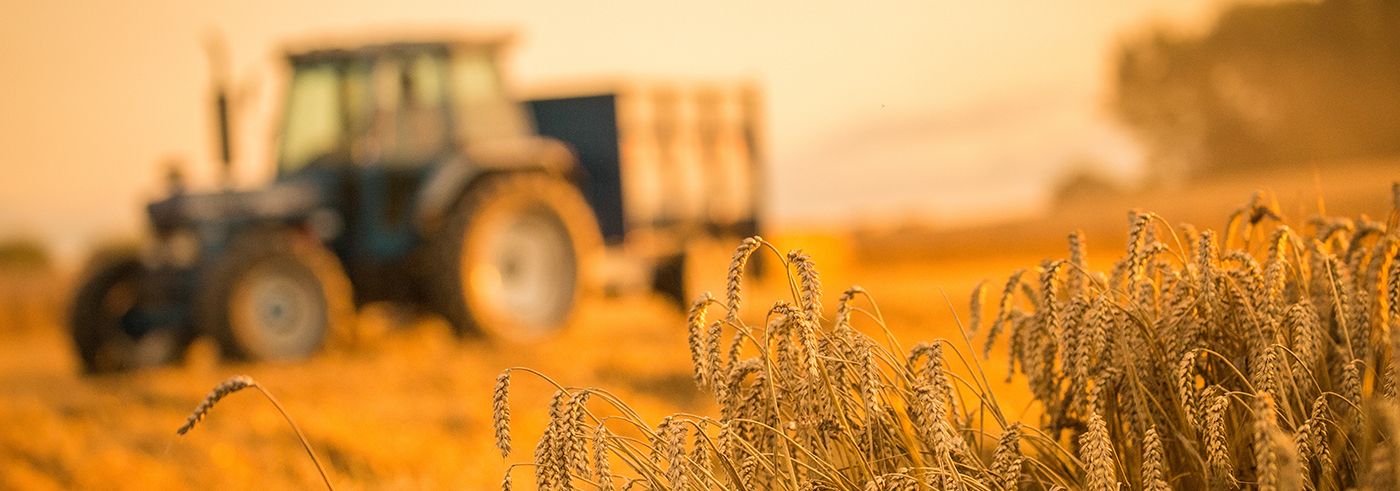***
Robotics technology are becoming more and more integrated in the everyday businesses, since contributing to positive transformation of the work practices, at the same time raising efficiency and safety levels, as well as provide enhanced services. Robotics is considered as the driving force leading to a new generation of autonomous technologies and cognitive artefacts and it will show even more disruptive and/or non-disruptive effects on the sustainability and competitiveness of European agriculture.
But what are those effects? What is to be expected? What are the opportunities and what are the challenges for better uptake of robotics technologies? What is the current situation of the overall ecosystem? Those are some of the questions that have been discussed during the agROBOfood online event. Experts and participants had the chance to dive into the future of agri-food robotics from many and different aspects in four sessions through a three day event, 29 June – 1 July: What is the future of robotics in the EU and beyond?, Reflections on the positioning of the existing DIH networks in relation to the Digital Europe Programme, Ethics in robotics and Funding opportunities.
CEMA was represented by Secretary General, Jerome Bandry as a plenary presenter and Technical Director, Ivo Hostens among the panelists together with representatives of agROBOfood project, European Commission (DG CONNECT), EU Robotics and Agricultural Machinery Industry (CLAAS). CEMA Secretary General shortly introduced CEMA to the audience (+60 attendees) and highlighted the industry needs presented through CEMA AgriTech 2030 plan which outlines the key policy asks our industry addresses to policy-makers for the next EU term and anticipates some of the challenges for the long-run. Enhancing agricultural data-sharing, supporting investment in research and infrastructure, upgrading digital skills or machines adaptation to respond to an evolving agricultural sector arise as some of the topics where the agricultural machinery industry will put the focus in the coming years. As pointed out, advanced technology solutions, following strict safety standards are critical for the future success, sustainability and competitiveness of EU farmers and the optimization of farm management. How robots can help has been shown, in simple and concise way, in this video prepared by CEMA.
During the panel discussion, CEMA Technical Director pointed out that “robotics in agriculture need to be connected, secure and globally aligned. It would be essential to have lean legislative procedures allowing a maximum of innovative freedom, with clear rules on responsibilities for every stakeholder in the chain”.
There was a consensus among all panelists that robotics will certainly deliver a brighter future for the sustainability of the agricultural sector. While supporting the high-quality food production and at the same time preserve natural resources and biodiversity, robots will assist users to better manage climate and environmental challenges. A wider spread of robotic solutions and good practices in Europe through networks like agROBOfood will certainly improve their better uptake in EU farming.
The recordings of the event will be available shortly. Keep an eye on the updates of the article in the coming days.


This project has received funding from the European Union’s Horizon 2020 research and innovation programme under grant agreement no. 825395







